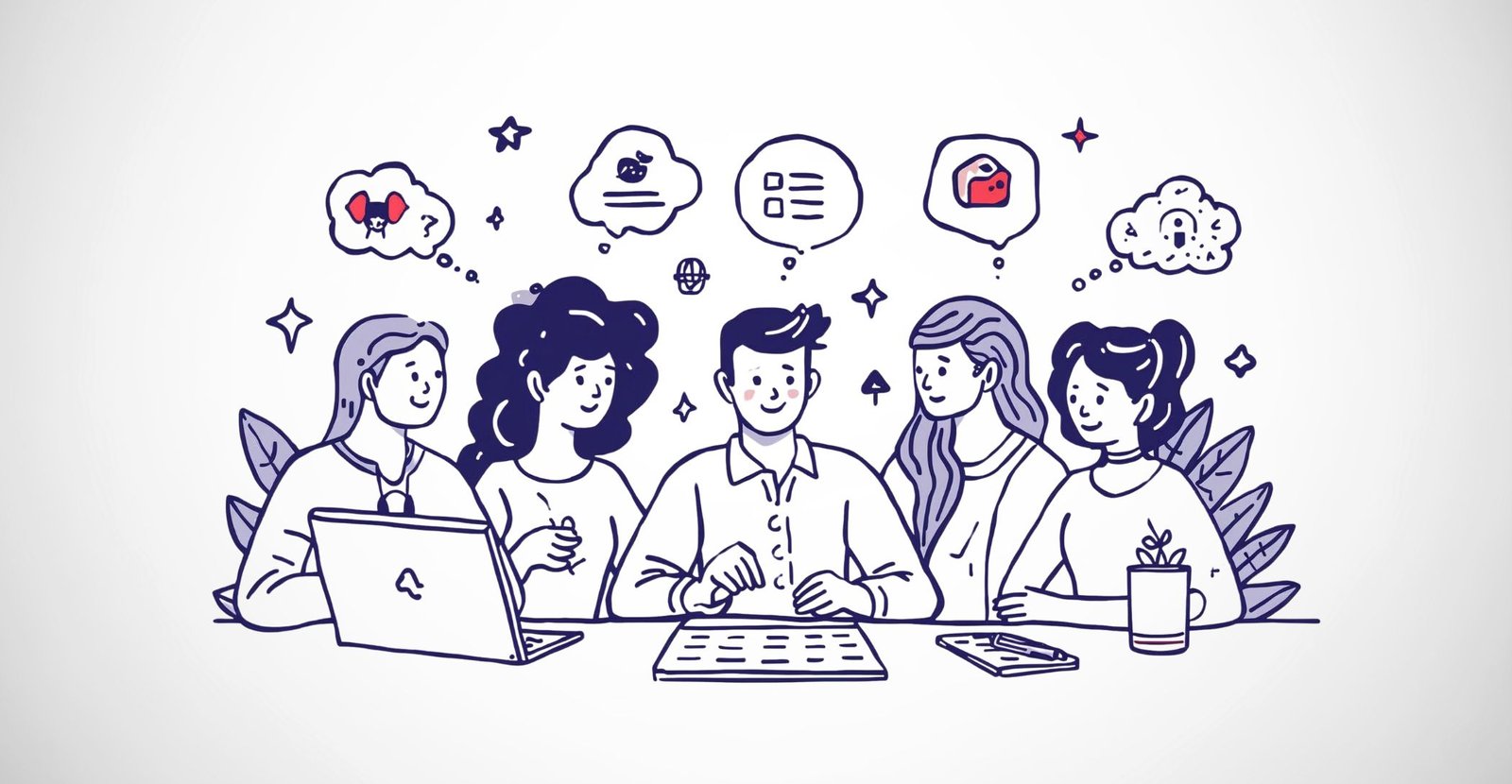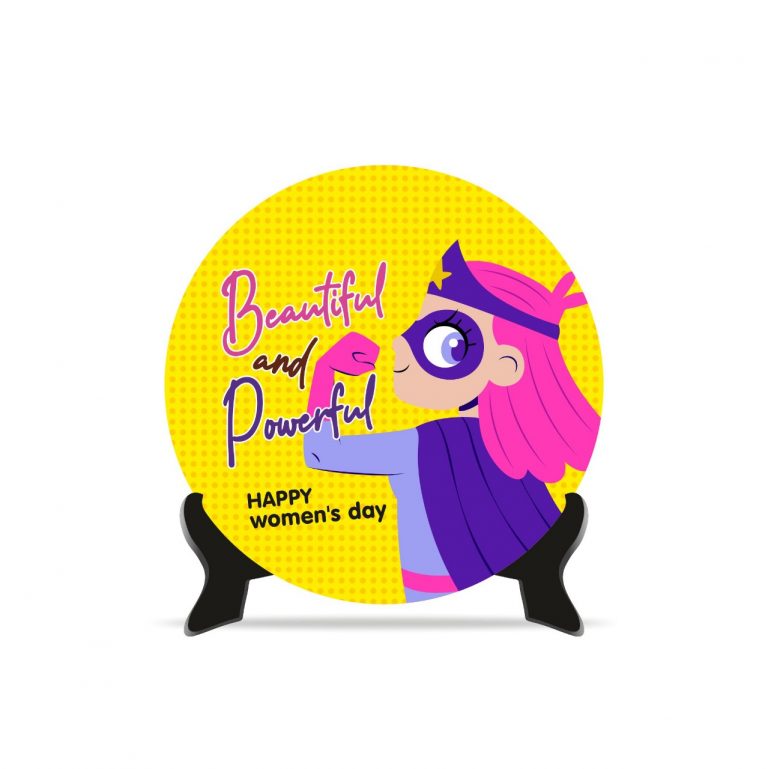Helping teams work better together isn’t just about fixing problems – it’s about discovering what people already do well and magnifying those strengths. This review digs into the HIGH5 Personality Test for Teams (including the Team Strengths Report) and evaluates whether it delivers what it promises, with pros, cons, comparisons, and real-use tips.
What Is HIGH5 & What’s the “For Teams” Version?
HIGH5 is a strengths-based assessment tool built around positive psychology. Instead of emphasizing weaknesses, it aims to help people identify their natural talents and what energizes them, what they enjoy, and what they do best.
The Personality Test for Teams version is designed to collect data from each team member and then generate an aggregated Team Strengths Report, visualizations, and actionable insights for the group. This helps the team understand its collective strengths, like how the mix of talents interacts, overlaps, and gaps, how to allocate roles, improve communication, and so forth. HIGH5 also offers features like “Team Analytics,” “Team Reflections,” and tools for leveraging strengths in real-life team settings.
How the Assessment Works: Mechanics & Methodology
Test Structure & What You Get
You answer a series of questions, statements, or prompts that help the system detect your unique strengths. Once completed, the test provides you with a free report highlighting your top five strengths, with the option to purchase paid upgrades for more detailed insights, such as a full list of all your strengths, in-depth reports, or team-focused analyses.
One of the most valuable upgrades is the Team Strengths Report, which combines individual results to reveal what the team collectively excels at, where potential blind spots or untapped talents may exist, and offers practical suggestions on how to better align tasks and roles for improved collaboration and performance.
Validity & Reliability
HIGH5 explains that its strengths framework is built on a solid theoretical foundation combined with applied, empirical data, refined through continuous testing and analysis. By leveraging big data from a large number of test takers, the system is designed to increase precision over time. In their “Methodology & Approach,” they specifically address key factors such as reliability and validity, ensuring the tool is both scientifically grounded and practically useful.
Since the model relies on large sample sizes and iterative refinement, the accuracy of results improves as the dataset expands. However, like many self-report tools, its effectiveness still depends on participants providing honest responses and maintaining a consistent interpretation of the questions.
What You Get: Features & Insights
I discovered the standout features for teams to include:
- Team Strengths Report: Shows collective strengths, overlaps, complements, and gaps. Helps team leads see who might naturally be good at certain tasks or roles.
- Team Analytics & Reflections: Tools for discussing results, reflecting as a group, perhaps during team meetings or workshops.
- Visualization: Graphs or charts that compare individual vs team averages, strengths across domains, etc.
- Free + Paid Options: The free version lets you discover the top 5 strengths per person. Paid versions give deeper insights – more strengths, suggestions for how people might work together, team dynamics and analytics (given their strengths), and peer feedback.
Benefits: How It Helps Teams, Leaders & Professionals
Here are ways that the HIGH5 Personality Test for Teams can help professionals aiming to build or improve teams:
1. Improved Role Fit & Task Assignment: By knowing what each team member’s top strengths are, leaders can assign tasks to those who are naturally inclined. This can lead to greater satisfaction, more efficiency, and fewer conflicts.
2. Better Communication & Mutual Understanding: When people see others’ strengths, they understand where their colleagues are coming from. It promotes empathy, reduces assumptions, and helps clarify expectations.
3. Increased Engagement & Morale: Using strengths rather than focusing on deficits tends to feel positive, uplifting. Recognizing what people bring to the table can help with motivation and team identity.
4. Gaps & Blind Spots Identification: The aggregated team report can show where a team may lack strength in certain areas like nobody scoring high in analytical thinking or in motivating others. This allows proactive mitigation: bringing in training, hiring, or pairing people intentionally to balance strengths.
5. Useful for Hybrid / Remote Teams: Remote teams often suffer from missed cues, weaker shared context. A strengths report gives a common language & shared view, which is helpful even if people are not face-to-face.
6. Scalable & Low Cost Entry: Because you can start with a free version, there’s a low barrier to trying it out. If it delivers value, upgrading to get team reports, etc., may be worthwhile.
Related Posts
Limitations & Potential Drawbacks
From my experience, no assessment is perfect. Here are some of the weaker points or caution areas I found:
- Self-Reporting Bias: Like many personality or strengths assessments, responses depend on how honestly people answer, and how self-aware they are. Social desirability / “what I want to be” vs “what I really am” can skew results.
- Free Version Limits: The free version gives only the top 5 strengths. To unlock the full richness (all strengths, team aggregated data, deeper suggestions), you need to pay. For many teams, that’s probably necessary.
- Cultural / Context Sensitivity: Strength labels, descriptions, and what counts as a “strength” can be culturally loaded. What works or is valued in one context or one industry may not map perfectly in another (like creative vs operations, startup vs regulated org).
Comparison: HIGH5 vs Alternatives
To help you decide whether HIGH5 is a good fit, here’s how it stacks up against some well-known alternatives.
| Tool | Strengths Compared to HIGH5 | Weaknesses Compared to HIGH5 |
| CliftonStrengths (Gallup StrengthsFinder) | More themes (34 vs HIGH5’s ~20), more granular, strong brand/systems in many large organizations; lots of supporting materials, coaching. | Cost is typically higher; steeper learning curve; may feel overwhelming if you want quick insight. HIGH5 is simpler, more accessible. |
| DiSC, MBTI, Big Five etc. | These tools often focus more on personality “types” or preferences rather than strengths. Some are more validated in academic settings. They can give useful context. | HIGH5’s strengths-based lens tends to be more positive and action-oriented, especially for teams. High5 may be better for team building than tools that focus more on traits or preferences. Also, some tools require more investment/time. |
Practical Tips for Implementing HIGH5 in Team Building
To get real value (not just reports that gather dust), here are suggestions for how to introduce and use HIGH5 in your teams:
1. Set Expectations First: Before people take the test, clarify what you want to accomplish. Maybe it’s better collaboration, clearer role assignments, and better trust. Make sure team members know why you’re doing it.
2. Do a Workshop / Reflection Session: After everyone completes the test, bring the team together (in person or virtually) to review the Team Strengths Report. Facilitate conversations:
- “What surprised you?”
- “Which team strengths do you feel we under-use?”
- “How do our strengths show up (or fail to) in our day-to-day work?”
3. Pair & Complement Strengths: Use findings to assign or shift responsibilities: pair people whose strengths complement each other; ensure that someone with strengths in “organizing” works with someone who’s more “visionary,” etc.
4. Align Projects / Tasks with Strengths: When planning projects, consider who has what strengths and assign accordingly. Also allow flexibility for people to lean into their strengths where possible.
5. Monitor & Follow Up: Strengths grow and contexts change: revisit the report after major changes (new team member, shifting priorities), check in on how well strengths are being used, and get feedback.
6. Blend with Other Tools: If needed, combine the HIGH5 personality test for teams with assessments that cover skills, values, or performance feedback. That gives a more holistic view.
Verdict: Who Should Use HIGH5 for Teams?
The HIGH5 test is best suited for small to medium-sized teams that want a simple, positive framework to strengthen collaboration and teamwork. It’s also a great fit for organizations with limited budgets that still value meaningful insights, as well as remote or hybrid teams that benefit from having a shared language around strengths. Managers or HR professionals looking for a tool that can be deployed quickly and deliver results without significant overhead will also find it particularly useful.










